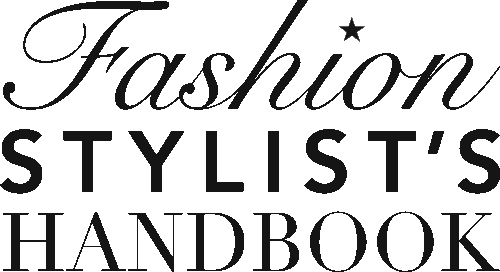Following a Brief
Once you have successfully negotiated your terms and fee and confirmed the job (see last blog The Fashion Stylist’s Job), you will need to turn your attention to the brief you have been given by the client. This outlines what needs to be achieved and a good brief will state your goals clearly – it is your job to follow it to the letter.
You will need to break it down into different sections:
x How many shots?
x What type of shots – full length, double-page spread (DPS), crop shot?
x How many models/artists/extras within each shot?
x What is the theme for the shoot?
x Where is the shoot – studio or location?
x When is the shoot – daytime, nighttime?
x What is the weather forecast for that day?
If it rains, will it destroy the shoes you have for the shoot?
x When will the shoot be published?
You need to ascertain which season you’re aiming for: it’s no good getting summer looks from the high street if the ad is coming out in mid-November.
Briefs come in many different forms. A magazine might simply supply a tear sheet with a short description of the look they want, number of shots and the model they will be using. A brief from a cosmetics brand shooting for a print advertisement could have two tear sheets with four different models, two girls per shot and four different looks, together with a very short description of the clothes as ‘Festival look’. Other advertising briefs can be incredibly detailed and specific. Here’s an example from an advertising campaign for headphones, for which a complete PDF storyboard of stock images was supplied to the stylist:
For a music video or promotional film, you will receive a brief called a treatment from the director, along with a storyboard of how each shot will look. For music stills you will be given a mood board or storyboard to work with.
Tear sheets and mood boards
To research ideas for a story or a theme for the shoot, you should start by collecting images of things and people that inspire you. This will be in the form of tear sheets, which could be printouts from the internet, pages torn out of magazines, newspapers or catalogues, postcards or flyers. The aim is to use your tear sheets to help shape the mood or look that interests you, but it’s important not to copy them directly. Vintage catalogues, second-hand books and old LP covers are also a rich source of visual material.
A mood board is a collection of images which helps to process your ideas about how you will style a look or story for a photo shoot. You might be asked to put one together by a client – you will then have a meeting with them and the artist to run through your board and thought process. Use a light, portable sheet of board, no bigger than A3, and spray-mount your images. Alternatively, try online mood boards such as dropmark.com, and use a tablet to talk through your ideas.


